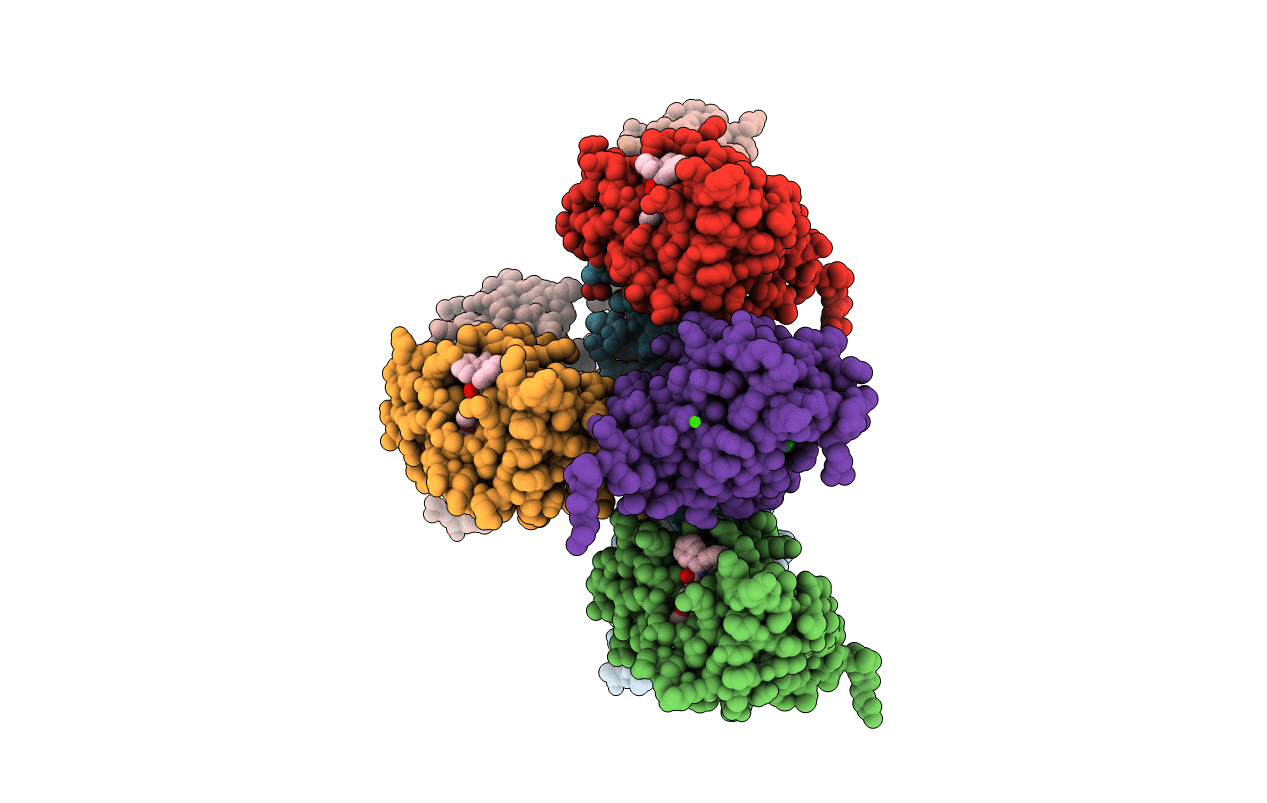
Deposition Date
2012-04-10
Release Date
2013-02-13
Last Version Date
2023-09-13
Entry Detail
PDB ID:
4ELB
Keywords:
Title:
Structure-activity relationship guides enantiomeric preference among potent inhibitors of B. anthracis dihydrofolate reductase
Biological Source:
Source Organism:
Bacillus anthracis (Taxon ID: 260799)
Host Organism:
Method Details:
Experimental Method:
Resolution:
2.60 Å
R-Value Free:
0.30
R-Value Work:
0.24
R-Value Observed:
0.24
Space Group:
P 21 21 21


